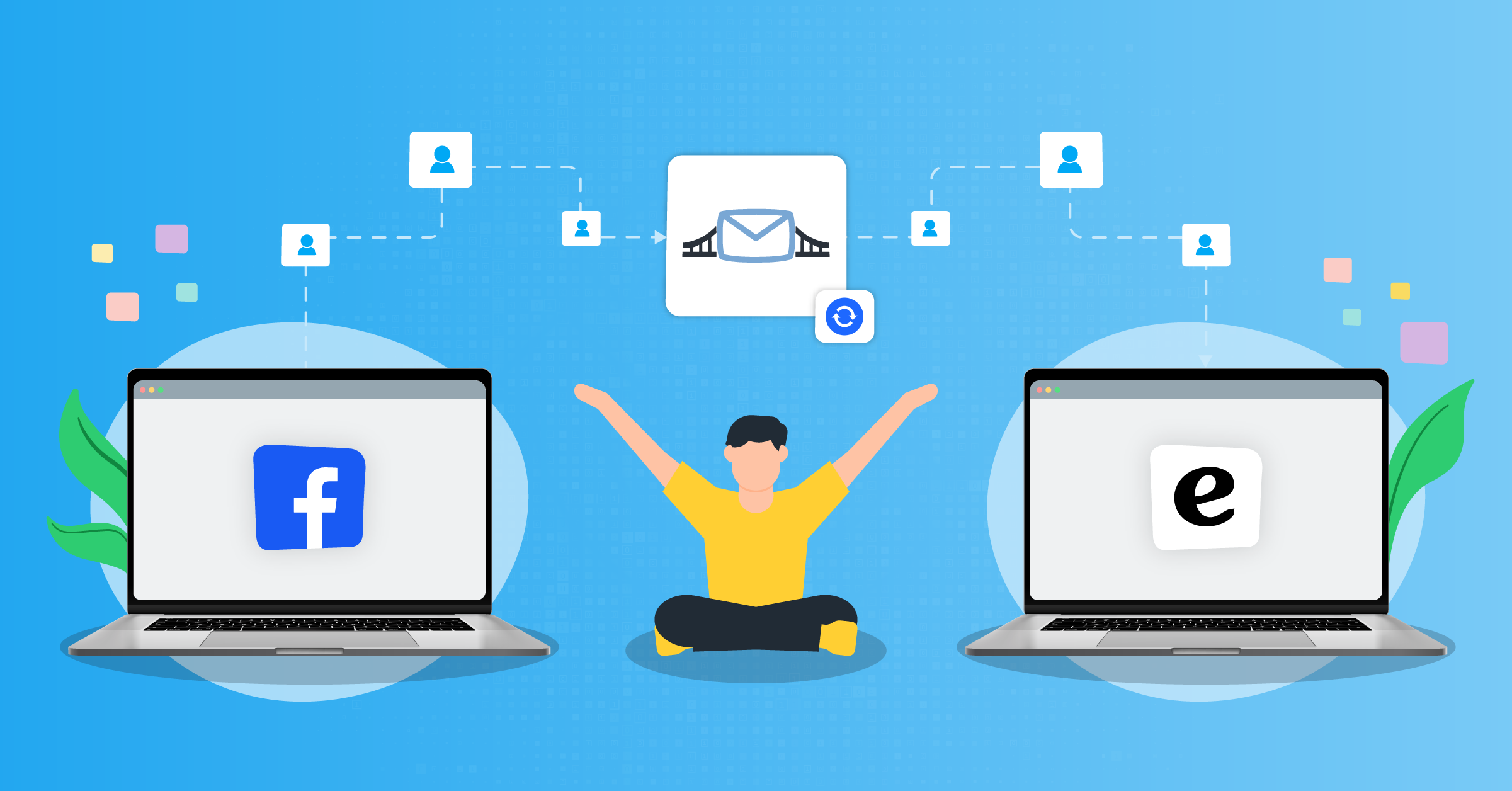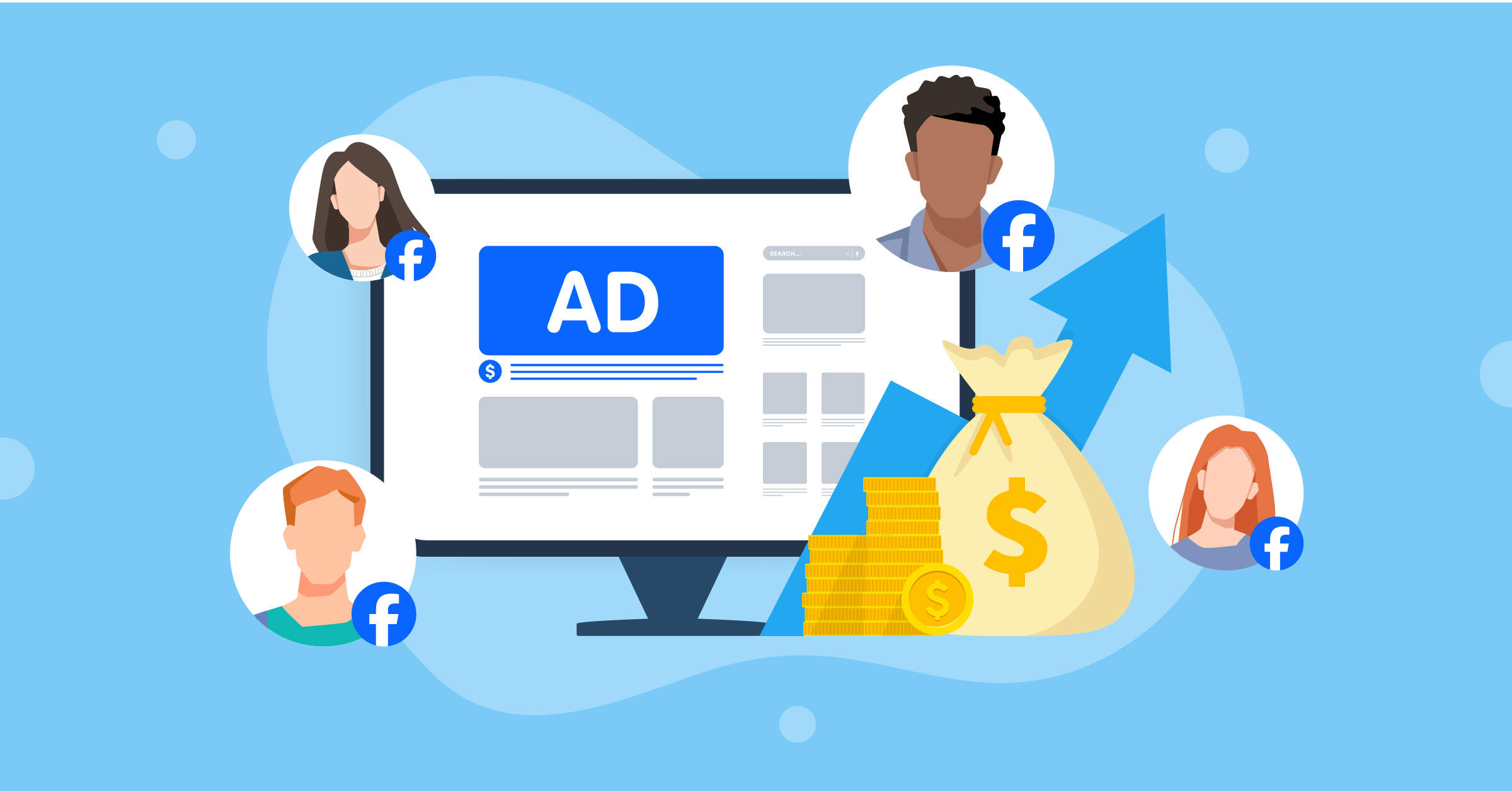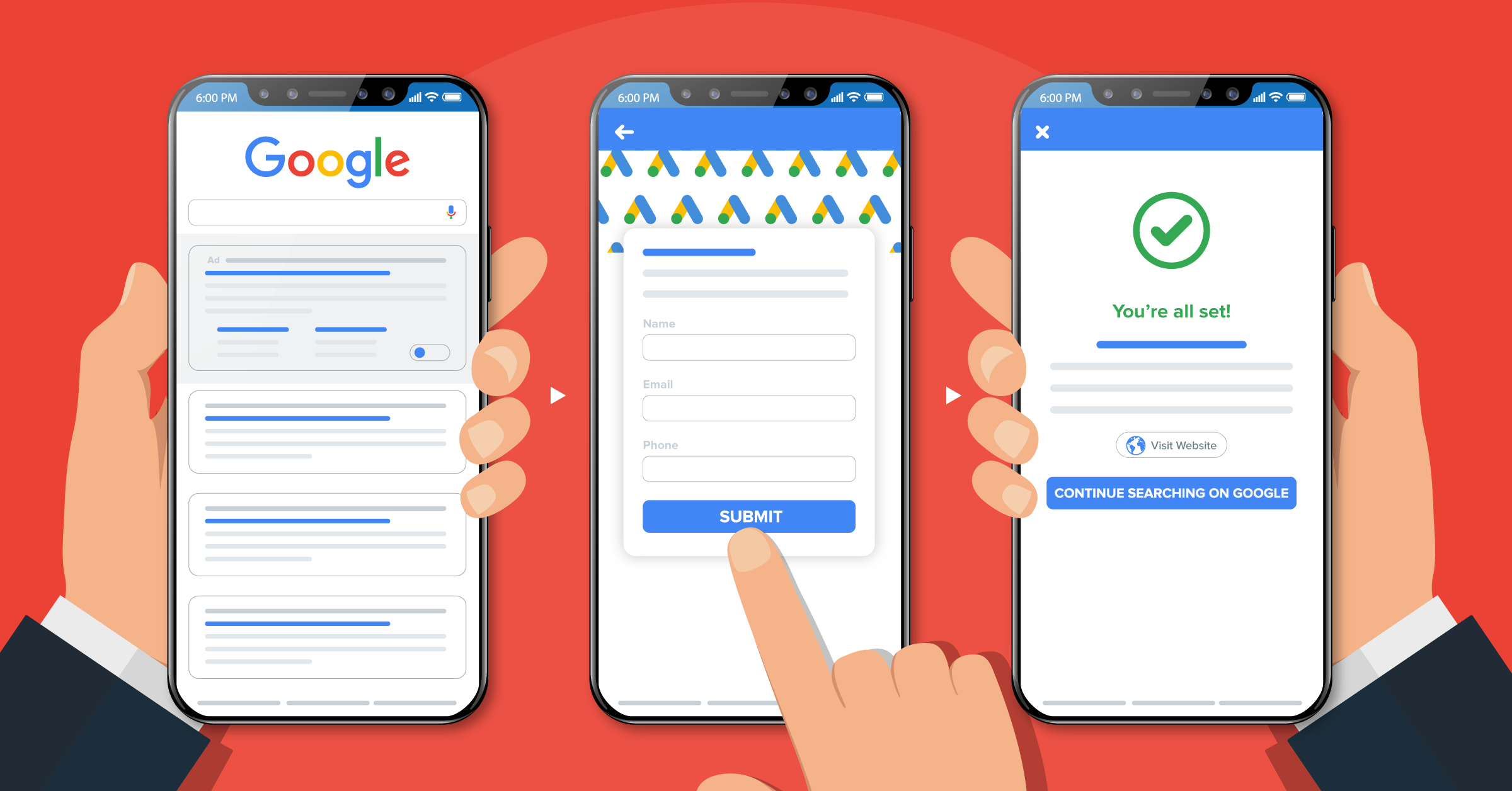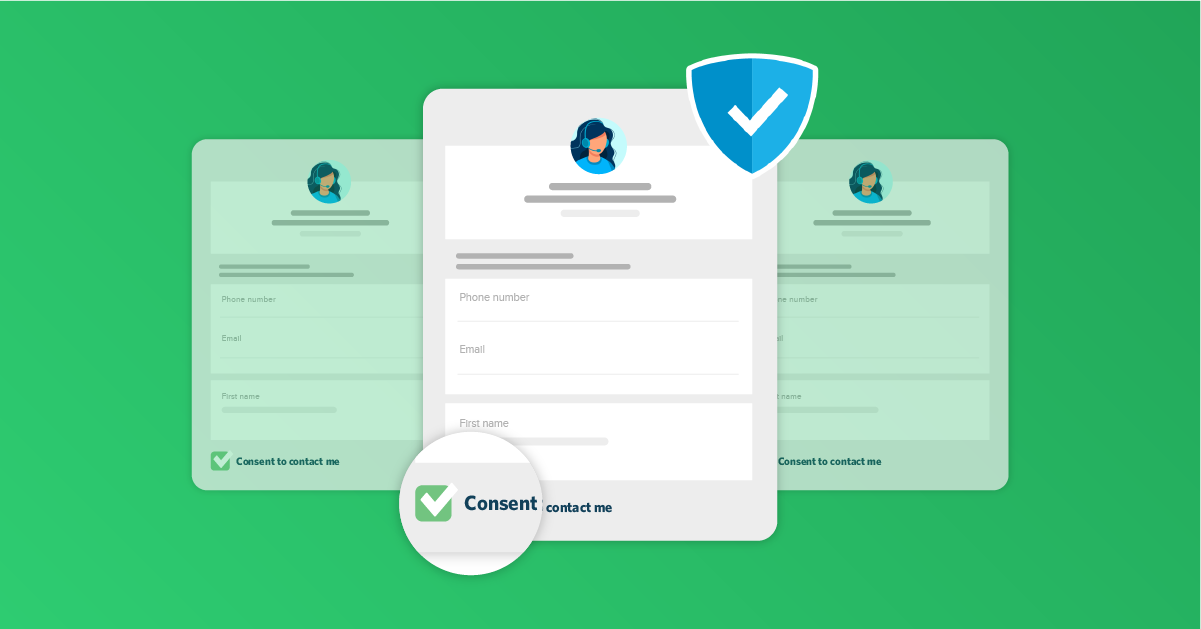
There are many different ways in which one can do marketing. The one we are most used to is called interruptive marketing and it includes things like TV commercials, social media ads, telemarketers calls, and any other type of marketing that interrupts your daily activity.
Obviously, this type of marketing can be very annoying and frustrating, resulting in the opposite action: the customer taking measures to prevent this from happening, like DVRs and robocall blocking apps.
After all, people are constantly bombarded with unsolicited ads, emails, and phone calls, pushing unwanted products and services. Therefore, when they don’t know who you are or why you’re getting in touch with them, you’re most likely going to be deleted immediately or flagged as spam. And once that happens, it’s really hard to get back in touch with them.

Can you imagine how much easier marketers’ lives would be, if they could only contact customers who are actually interested in hearing from them? Well, this kind of marketing strategy exists and it’s called consent-based marketing.
Consent-based marketing is a total game-changer and – compared to permission-based marketing – can be a more valuable approach to customer acquisition. In this article, we are going to cover all the basics of consent and permission-based marketing: their definitions, differences, strategies, rules and benefits.
- What is consent-based marketing?
- Permission-based marketing definition
- Benefits of consent-based marketing
- How does consent-based marketing work?
- Consent-based and permission-based email marketing rules
- Examples of permission & consent based-marketing done right
- ActiveProspect: the best in consent-based marketing
- Conclusion
What is consent-based marketing?
Consent-based marketing is the practice of only contacting consumers that have expressly given their written consent to be contacted.
This kind of marketing allows you to deliver relevant and anticipated messages to customers who are actually interested in what you have to say. No more spam issues, no more emails moved to the bin, no more angry customers yelling “Don’t call me again!” over the phone.
With consent-based marketing, you are 100% sure that only the people who have proactively expressed interest in your offer make it into your funnel.

And compared to permission-based marketing – while they may seem similar at first glance – they are not quite the same:Â consent-based marketing is a much higher standard. This is due to the fact that “permission” can mean a lot of different things, and many marketers take advantage of this to “hide” permission in privacy policy bans that customers never really get to see.
On the contrary, consent must be stated clearly and conspicuously to the customer, who needs to be aware of what they are giving consent to.
Permission-based marketing definition
The term “permission marketing“ (also known as permission-based marketing) was coined by Seth Godin – a real marketing guru – back in 1999 and its definition is pretty straightforward: a type of marketing that focuses on getting consumers’ permission to receive promotional messages.
However, like we mentioned earlier, permission isn’t always stated specifically and unequivocally, while the whole point of consent-based marketing stands on the legal definition of consent, which clearly has to be stated and understood by the customer.
Benefits of consent-based marketing
There are many benefits associated with permission marketing, and more so with consent-based marketing. Let’s take a look at them.
1. Cost-effectiveness
When you’re tailoring your marketing and advertising efforts only to the profiles of the people that have given their consent to be contacted by you, you are automatically saving money. Consent-based marketing allows you to stop wasting money on reaching the wrong audience: consumers who are not interested in your offer.
2. Strong client relationship
The beauty of consent-based marketing – unlike permission marketing strategies – is that customers who have given consent to be contacted are actually eager to hear from you. They are expecting their phone to ring, or for your email to drop in their inbox and don’t feel like you’ve invaded their personal space, which obviously boosts their trust in you. You can build an even stronger client relationship by delivering high-quality, relevant, personalized content.
3. Positive brand reputation
Consent & permission-based marketing are still not the norm. Unfortunately – as Luda Greko puts it – there are still numerous businesses who continue to indulge in unscrupulous practices such as purchasing mailing lists, spamming their subscribers with an array of irrelevant content, and failing to provide a simple way to unsubscribe. In such a context, you understand how practicing consent-based marketing automatically puts you in higher regard in consumers’ eyes.
Giving people the option to make a choice to opt-in instead of giving them only the choice to opt-out after you’ve aggravated them with unsolicited emails, shows you’re acting in their best interest, and not in yours.
4. Higher conversion rate
By putting in your funnel only leads that are interested in your offer – and therefore more likely to convert – you automatically increase your chances for conversion. By nurturing them with relevant content, or calling them about their exact purchasing needs, leads are more receptive to your messaging and more likely to advance smoothly through your funnel.
Additionally, consent-based marketing can benefit from the efficient communication facilitated by VoIP call centers like Loop Contact Solutions, ensuring that customers receive the information they desire promptly and accurately.
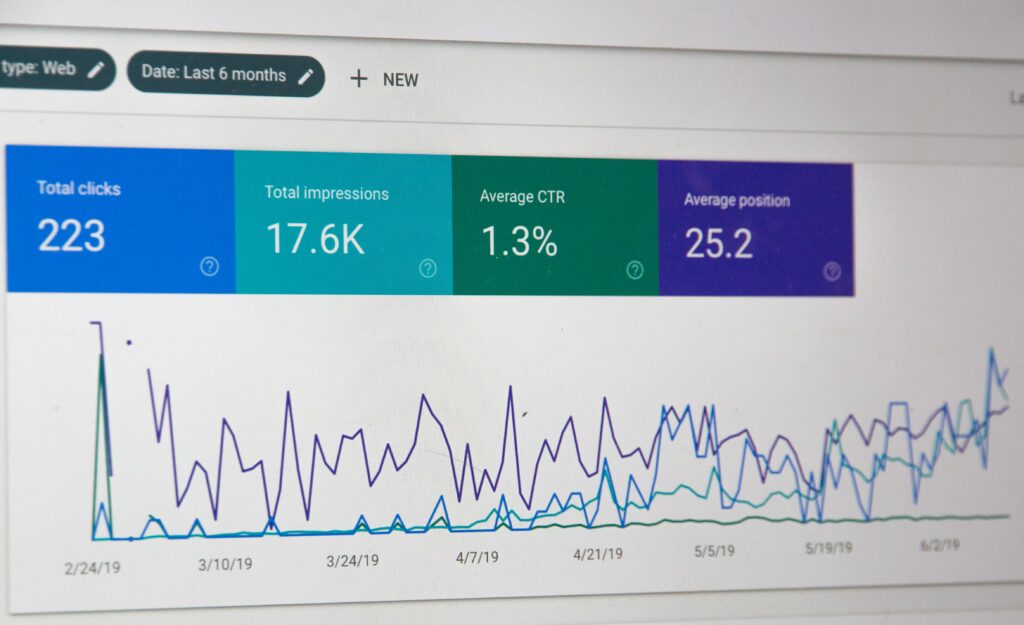
How does consent-based marketing work?
In order to do consent-based marketing properly, you need to follow five steps.
1. Target the right prospects
The very first step towards consent-based marketing starts when an interested lead interacts with your offer or ad. For example, when they ask to sign up for your newsletter, or agree to give you their email in exchange for a whitepaper.
Once that lead provides their contact information, typically in response to some sort of offer from the marketer, they are asking to start the conversation, which marks the start of the relationship between the lead and your brand.
2. Document proof of consent for legal compliance
There are a number of regulations in place today that govern consumers’ data and how to contact consumers with marketing messages – GDPR, CCPA, and TCPA, for example. If you have proof of documented prior written consent, you can directly get in touch with consumers via call, SMS, or email.
In order to conduct consent-based marketing properly, documented consent is essential. It allows you to demonstrate compliance and protect yourself from liability. For businesses looking to formalize such documentation, tools like Legally – Create Legal Documents can streamline the process of generating compliant, professional agreements and consent forms.
3. Filter & reject lead data
Among all the leads gathered, you will inevitably receive leads that, for a number of reasons, will never become your customers. They might be fraudulent (meaning not real people or identities), uncontactable (provided a fake number or email address), duplicates, or simply not qualified.
And, in order not to waste any time or money on prospects that are not good for your business, it’s important for you to have a system in place that will filter out, in real-time, any leads that don’t meet any of your qualifying criteria.
4. Segment qualified leads
Not all your prospects are going to become your customers. Therefore, once you have received the opt-in lead data with documented consent, you can proceed and use that information to help you identify and segment the prospects that are most likely to convert.
Check to see if you already have an existing relationship with this consumer (for example, if it’s a duplicate of an existing record), identify the geolocation, demographics and behaviors that may impact their likelihood to purchase or subscribe.
5. Get in touch with consumers right away
After sharing their information with you, consumers expect to hear from you shortly, which is why it’s essential that the lead data gets delivered into your CRM, database, or call center in real-time.
For example, every form submission should always be followed up by a real-time confirmation email. This is standard practice for consent-based marketing. In fact, research shows that 74% of consumers expect to receive a welcome email as soon as they subscribe, and new leads are most engaged within 48 hours of subscribing.
Consent-based and permission-based email marketing rules
In order to build solid consent and permission-based email marketing strategies, there are some basic rules that you should always look up to:
- Make sure the customer does grant their consent (with a check box and a submit button);
- Clearly state the name of the Company to whom they’re providing consent;
- Indicate at least one affirmative agreement (such as I agree/consent);
- State clearly and unequivocally how and for what purpose you are going to use the consumer’s information;
- Provide a visible and easy-to-locate unsubscribe link in the footer of the emails;
- Choose content that is high-quality, specific and tailored to your consumers’ needs.
Examples of permission & consent based-marketing done right
Covalent Media Group
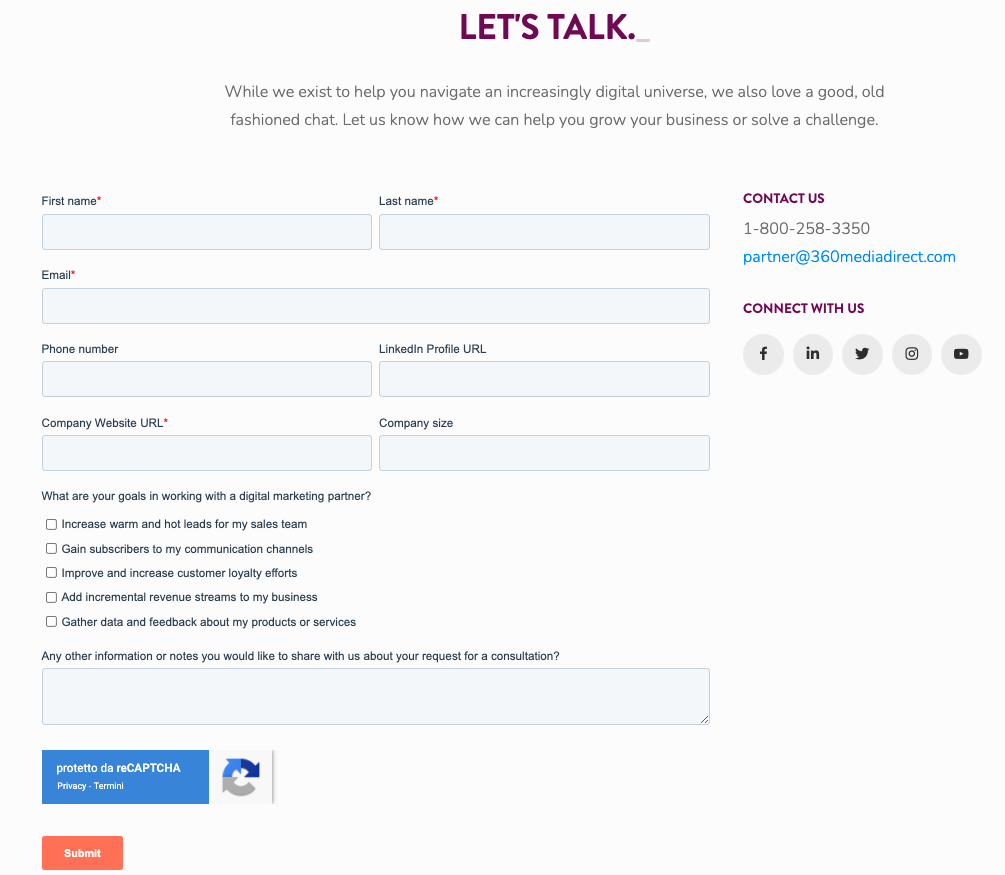
Let’s take a look at Covalent Media Group’s contact form, as a great example of consent-based marketing. The form is very extensive – with lots of different fields, both required and non-required – which lets the user choose which and how much information they are willing to share with the company. But that’s not all!
The user can choose their objectives when getting in touch with the company, which can help filter through the type of content or help they need. The user can even add a specific note for the company, for a more personalized experience. Lastly, they need to demonstrate they are not a robot and intentionally hit the “Submit” button.
HubSpot
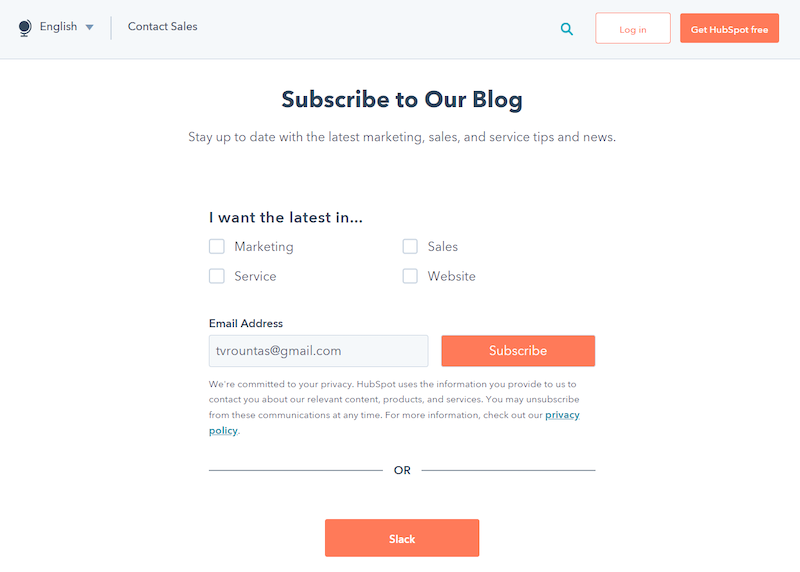
Now let’s check out HubSpot’s blog subscription form. This is also an excellent way of doing permission and consent-based marketing. It lets the user pick the type of content they want to receive, and it also lets them choose how they prefer to receive it – either via email or Slack – through the intentional input of a “Subscribe” button.
Most importantly, take a look at the text below the form: it states exactly how HubSpot is going to use the users’ information and makes it clear that they can easily unsubscribe at any time.
ActiveProspect
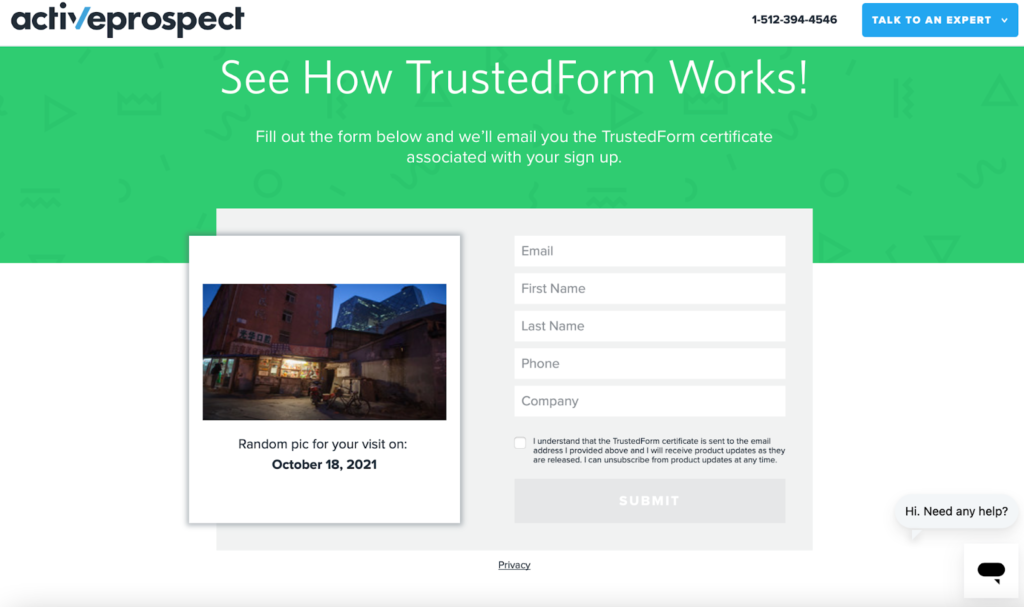
Last but not least, take a moment to observe ActiveProspect’s submission form to one of their products. This is a prime example of consent-based marketing because it clearly states – both above and below the form itself – what the user needs to do in order to get the information they want and how exactly ActiveProspect is going to use the email address provided in the form. Consent is clearly requested through the check box and the “Submit“ button.
ActiveProspect: the best in consent-based marketing
Speaking of this amazing company – and in case you didn’t know - LeadsBridge has recently been acquired by ActiveProspect: the best when it comes to consent-based marketing. ActiveProspect is a SaaS platform that aims at making consent-based marketing the best approach for customer acquisition.
ActiveProspect provides companies from all industries with a comprehensive suite of tools that empowers them to take real-time action on their leads, protect themselves from litigation by documenting proof of consent, and save money by providing new levels of data insights and control.
Let’s take a look at their products for consent-based marketing.
TrustedForm
TrustedForm is a lead certification tool that allows your marketing strategies to comply with privacy regulations (such as the TCPA) by documenting consumers’ consent to be contacted. Not only that! It also verifies that you are receiving authentic leads – and not fraudulent bots – with real intent and interest towards what you have to offer.
LeadConduit
LeadConduit is a real-time lead optimization tool that allows you to take action on your leads as soon as they interact with your brand by customizing lead flow, enhancing leads with additional data, filter and block unwanted leads that do not comply with your lead requirements, and transfer that data straight into your CRM.
This is consent and permission-based marketing at its finest!
Conclusion
Unlike permission-based marketing, the definition of consent-based marketing stands entirely on the legal meaning of consent, which has to be requested by the marketer and expressly given by the user, with no “tricks”.
Consent-based marketing is a higher standard for permission-based marketing, and the best approach to a more respectful and fruitful relationship with your potential customers, who are not going to feel disturbed and aggravated with unsolicited emails and calls.
Both the marketer and the customer can benefit from consent-based marketing: the former can rely on a system that will provide them only with leads that are in target and actually interested in their offer; the latter can enjoy the feeling of only receiving promotional offers that they have expressly consented to. A true win-win.
To learn more about consent-based marketing and how to do it properly, you can download ActiveProspect’s whitepaper here.





